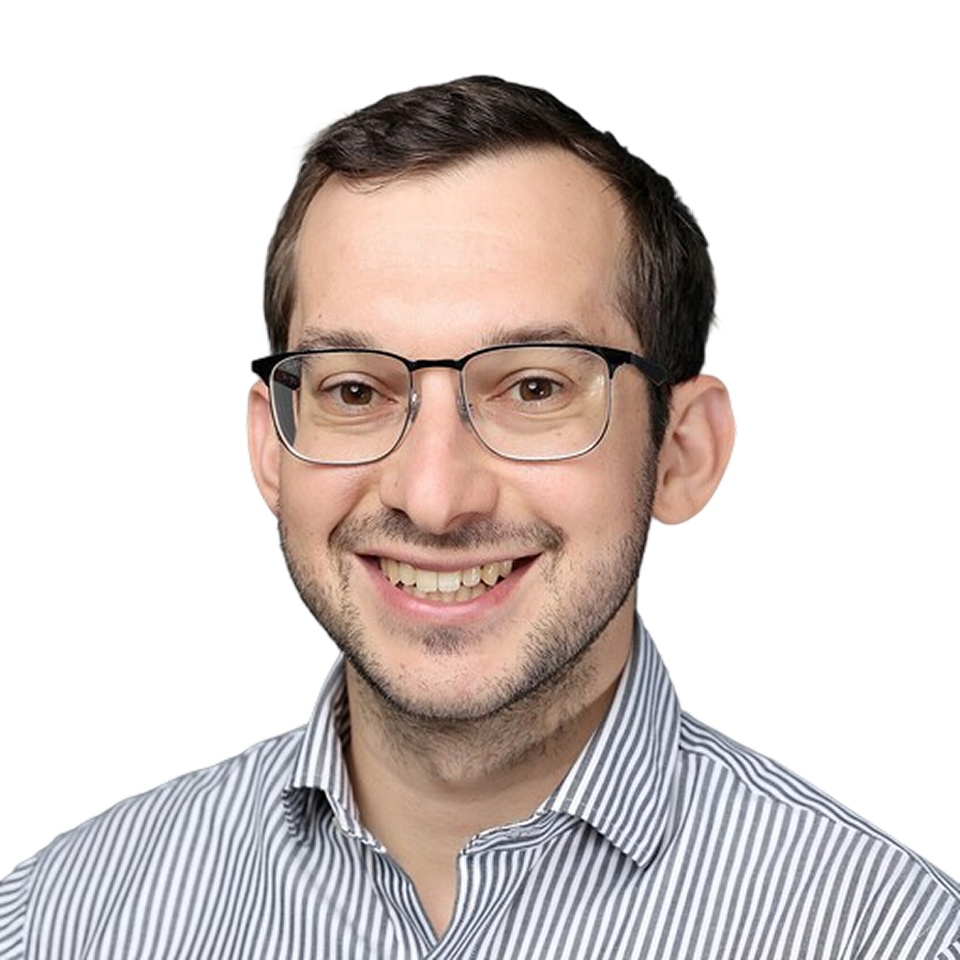Join Steven M. Girvin, Sterling Professor of Physics at Yale University, co-developer of the revolutionary Circuit Quantum Electrodynamics (Circuit QED) architecture, and founding director of DOE’s Co-Design Center for Quantum Advantage, for a candid discussion on the foundations and future of superconducting quantum computing.
From the original theoretical breakthroughs to the cutting-edge work on error correction, this is an opportunity to hear directly from one of the field's most influential pioneers about the path to fault-tolerant, scalable quantum systems.

%201.png)
